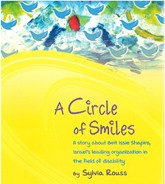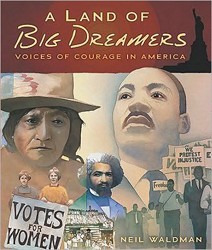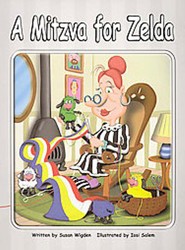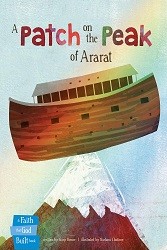Imagining Katherine is a coming-of-age story which takes readers through the junior high school years of Katherine Weinstein, a Jewish girl growing up in the Baltimore area in the early 1960s.
At the start of the story, Katherine’s cares are surface and personal; she worries about fitting in with the trendy girls, stews over a rude encounter with a grabby boy classmate and has a fight with her best friend Genevieve. An aspiring writer and performer, Katherine also yearns for a life that is larger than that of her mother’s — an exhausted housewife saddled by caring for four children.
Despite a vague awareness of the hostile racial climate in the south, Katherine feels far removed from it. As a Jewish girl living in the suburbs, segregation and Civil Rights hasn’t yet directly impacted her. But in ninth grade, Charlotte, an African-American student, begins school and soon Katherine’s blissful ignorance bursts, as she witnesses the blatant racism and threats directed at her new friend and her family, as well as allies such as Genevieve’s father, a Jewish real estate agent ostracized for selling a house in the neighborhood to Charlotte’s family. Katherine is shocked that the community, which once felt so safe and mundane, could harbor such hatred.
Soon Katherine learns that the problem is more insidious and harrowing, and she quickly realizes that the fight for social injustice extends beyond a suspension for singing peace-promoting Bob Dylan songs with her friends in the school cafeteria. Despite the disapproval of her parents, Katherine becomes involved in the local anti-segregation protest and won’t stop no matter what the dangerous repercussions.
Imagining Katherine provides a history lesson with an engaging story for young adult readers. Although the topic of racism, segregation and the Civil Rights movement is at the forefront, the book tackles some other heavy topics including a male friend’s sexual abuse by a teacher, and the aftermath of the Holocaust for Jews in America. Though apt for the time and setting, the book does occasionally feature derogatory racist language.
The author includes a list of historical elements which inspired the story as well as some thought-provoking discussion questions appropriate for classes and book clubs. Also featured is a glossary listing the handful of Yiddish terms sprinkled throughout the book and historical, political and entertainment-related references and figures mentioned in the story.
Recommended for ages 11 – 18.





